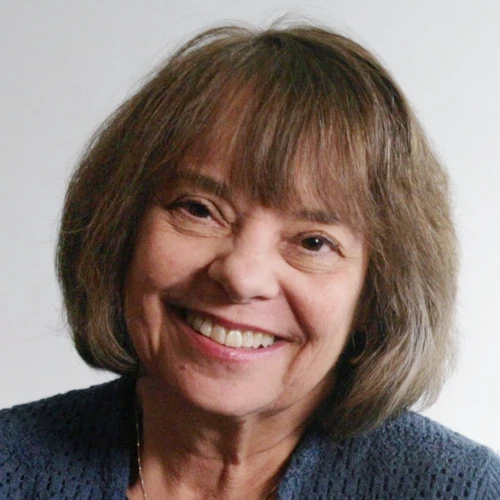Moving from the Organs – The Many Benefits of Twisting Postures
We often focus on practicing our poses from the spine, arms and legs. But the ancient teachings of yoga also dealt with opening and quieting the organs of the body, like the heart, kidneys and liver that are found in the “kunda” or vessel holding these organs.
In this session Judith Hanson Lasater focuses on specific twisting poses that create a healthy balance of the organs in the chest and abdomen, as well as explore the theories of why they work. She will also spend time on specific therapeutic applications that will be immediately applicable when we practice yoga.
The Art of the Forward Bend
Much of yoga asana are dependent on the ability to bend forward. The hamstring muscles in the back of the thigh can limit this action, of course, but there are other factors, which make forward bending difficult. How do the hips, lower back and rotator muscles contribute to a forward bend, for example? Further, what can we do about tight muscles that hold us back in forward bends, and contribute to alignment problems for many yoga practitioners?
Renowned yoga teacher and yoga therapist Judith Hanson Lasater will explore the anatomy and kinesiology of forward bends, and discuss some of the common limitations many yoga students have and how to overcome them. Judith will also touch on the deeper meaning of the surrender it takes, both physically and mentally, to practice forward bends with affection and ease.
Philosophy of Sequencing
The order with which we practice the poses is just as important as the poses we choose to practice. Judith discusses the philosophy of sequencing, how to shape a sequence for your home practice, as well as, how to sequence both beginning and more advanced classes.
Judith emphasizes the importance of proper sequencing of yoga postures, particularly when practicing backbends, and why it’s important to avoid making extreme moves from one pose to the next. She discusses the value of inversions with a particular focus on how to sequence inversions as well as supported poses. She also gives an overview of different kinds of sequencing principles, from sequencing with a focus on a particular body part, sequencing around a specific peak pose, or sequencing based on location, such as floor or wall sequences.
This Course Also Includes:
- Recordings of All Webinar Sessions: It’s generally acknowledged that many people only retain 10-20 percent of what they learn in a workshop. You will get access to the recordings of both webinar sessions (both MP3 and MP4), enabling you to go back and listen to the workshop as many times as you like.
- Transcripts of Both Sessions: Ever wanted to refer to a certain part of a course? Even the best note takers miss a point every so often. With the transcripts of the sessions, you can go back and refer to particularly important passages or clarify sections you were in doubt about.
This course qualifies for 2.5 non-contact hour CEs with Yoga Alliance.



